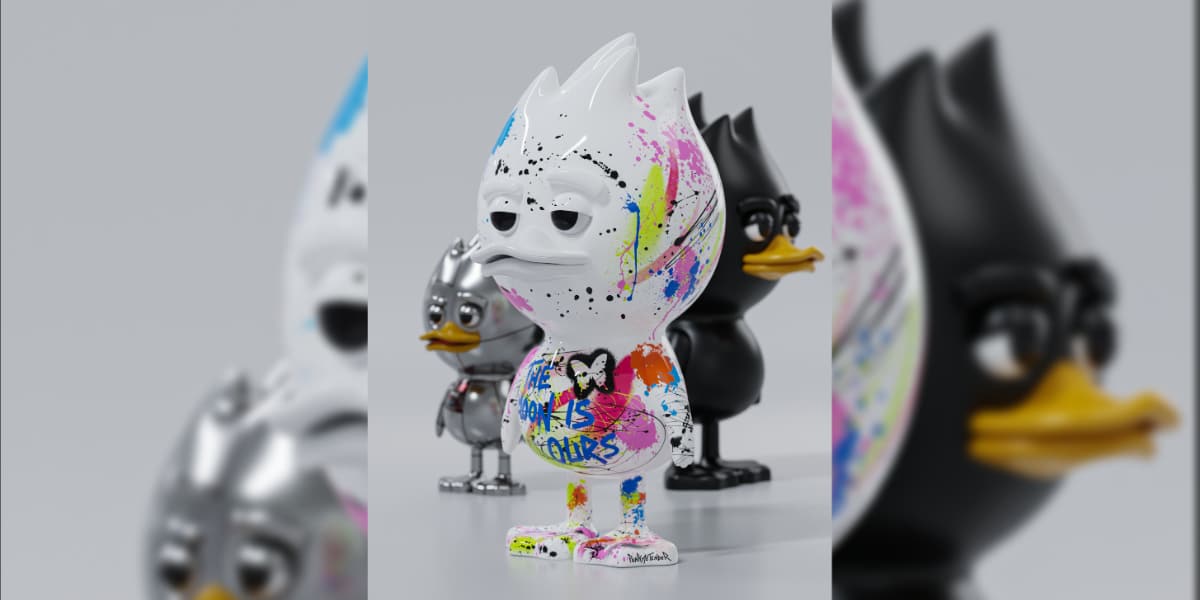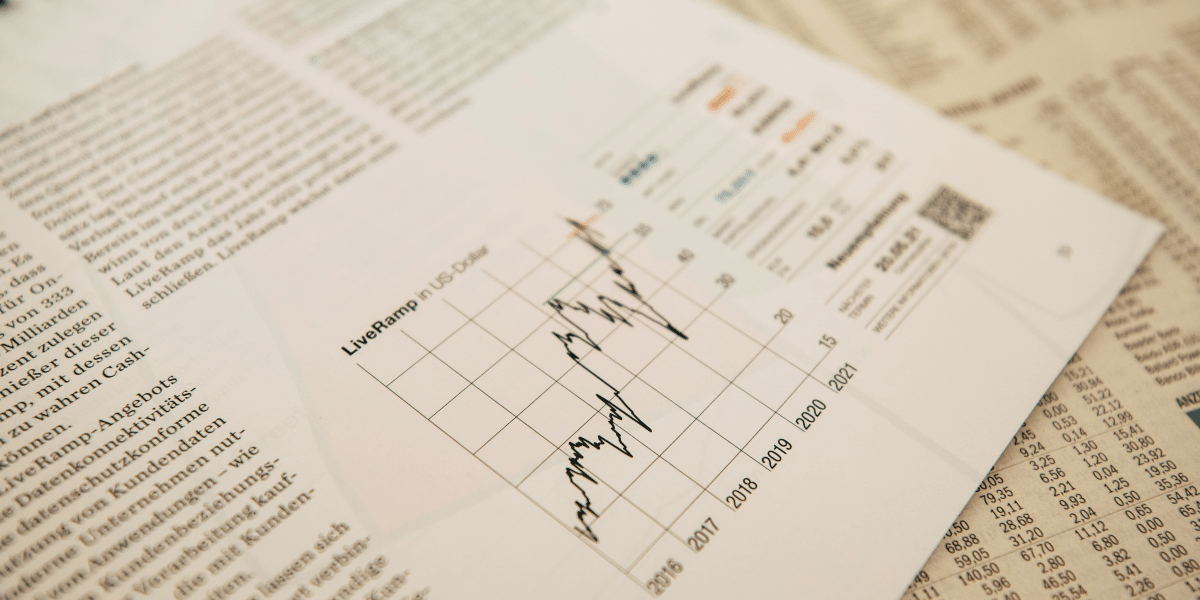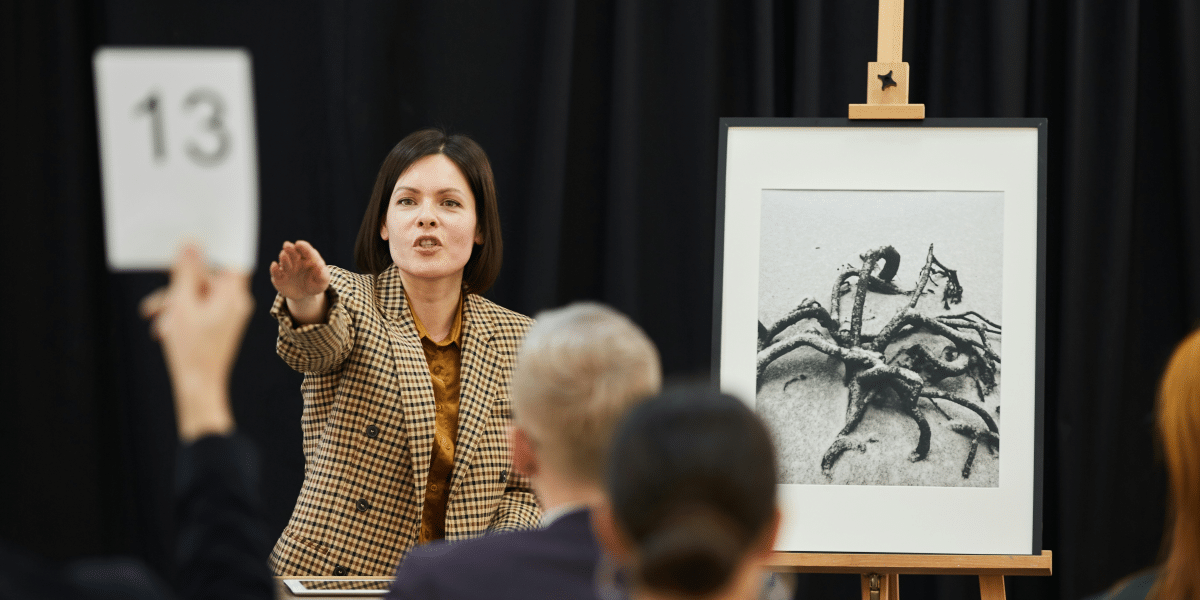The fascination with art toys is on the rise, captivating both creators and collectors across various labels like urban vinyl, designer toys, and more. Crafted from materials such as vinyl, wood, plastic, resin, latex, and metal, the art toy creation process is undeniably artistic. Many creators, largely self-taught or with backgrounds in graphic design and fine art, contribute to this dynamic landscape.
Unconventional Investments: The Financial Powerhouse of Art Toys
This movement isn’t just about artistic expression; it’s evolving into an economic trend. The art toy market, valued at USD 25,143.0 million in 2022, is anticipated to expand at an 18.72% CAGR, reaching USD 70,410.76 million by 2028. TUD Toy’s influence on this trend goes beyond surface-level aesthetics; it plays a role in shaping the economic dynamics of collectibles.
The Art Toy Market has witnessed significant growth in recent years, driven by increasing consumer interest in collectible art pieces and a surge in the popularity of designer toys. This phenomenon challenges traditional perspectives on collecting culture, breaking away from the notion that toys are solely for children. Now, toys are finding a dedicated adult audience, and with a growing market willing to invest in pieces that evoke sentimentality, this trend is poised for continued growth.
While critics engage in debates over defining the boundaries between art and toys, audiences and artists remain unfazed by the need for strict definitions. Art, inherently subjective, resides in the eye of the beholder. Behind the increasing popularity of art toys lies a thriving culture propelling continual growth.
Social Media Influence: Art Toys Shine in the Digital Spotlight
Masuda, a prominent figure in the art toy movement, expressed his desire to open a shop in the Harajuku district as “a means of expression where complete strangers can directly evaluate my work (products) on a buy-sell basis.” This intention aligns with that of any emerging artist seeking an audience and acknowledgment that their expression is indeed art.
But as social media takes center stage for showcasing these unique treasures, the economic potential of art toys is not just a notion but a staggering reality, driven by limited editions, captivating narratives, and some impressive market statistics.
Social media influencers are at the forefront of reshaping the narrative around luxury collectibles, thrusting art toys into the limelight. While traditional luxury brands have enjoyed a longstanding reign, art toys are claiming their place with an authentic narrative. Bloggers and influencers, known for their trendsetting capabilities, are transforming art toys from mere novelties to Instagram sensations. The data-backed market surge only solidifies their accelerated adoption and growing market recognition.

Photo Credit: TUD Toy
Narrative Value and Scarcity
Beyond their financial clout, art toys offer a unique narrative, whether it’s ‘The Ugly Duck’ symbolizing resilience or TUD Toy’s collaboration with Mike Tyson and innovative projects like collaboration with Pantone.
As the economic landscape undergoes transformations, so do the preferences of discerning collectors. Art toys are making a robust case for themselves as alternative investments, competing head-on with conventional choices. Instances such as a Karl Lagerfeld-designed BEARBRICK fetching high prices at auctions and KAWS Companion figures becoming highly prized possessions underscore the tangible economic power that art toys wield in the contemporary collectibles market.
In a landscape where every purchase is a statement, art toys are not just making waves; they are orchestrating a billion-dollar symphony in the luxury collectibles arena. Their ability to combine storytelling, limited editions, and social media appeal positions them not just as a genuine alternative but as a powerhouse in the realm of high-end items. With their billion-dollar market value and growth trajectory, art toys are not merely a passing trend; they are actively reshaping the economic landscape of luxury collectibles, one limited edition at a time.
Published by: Martin De Juan









